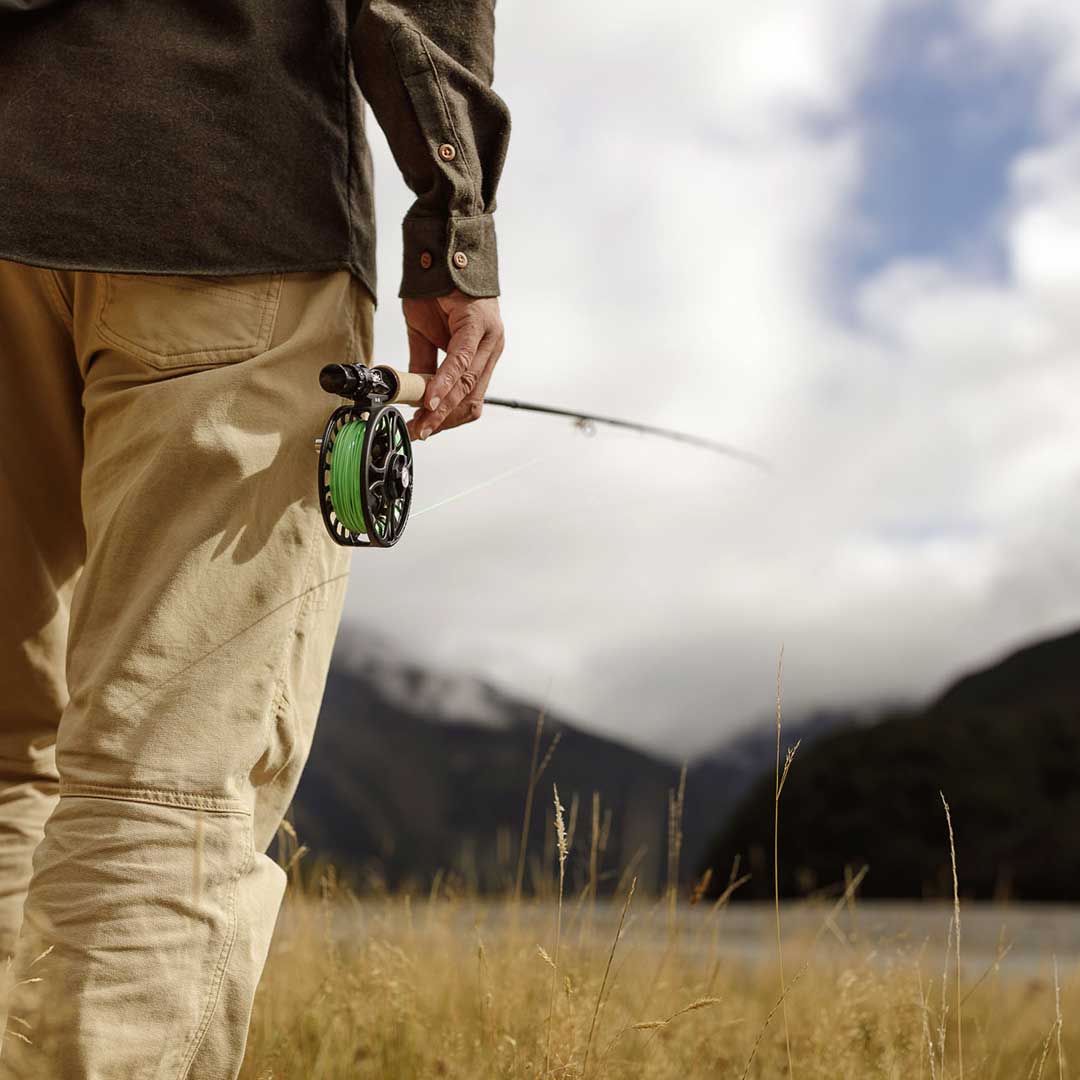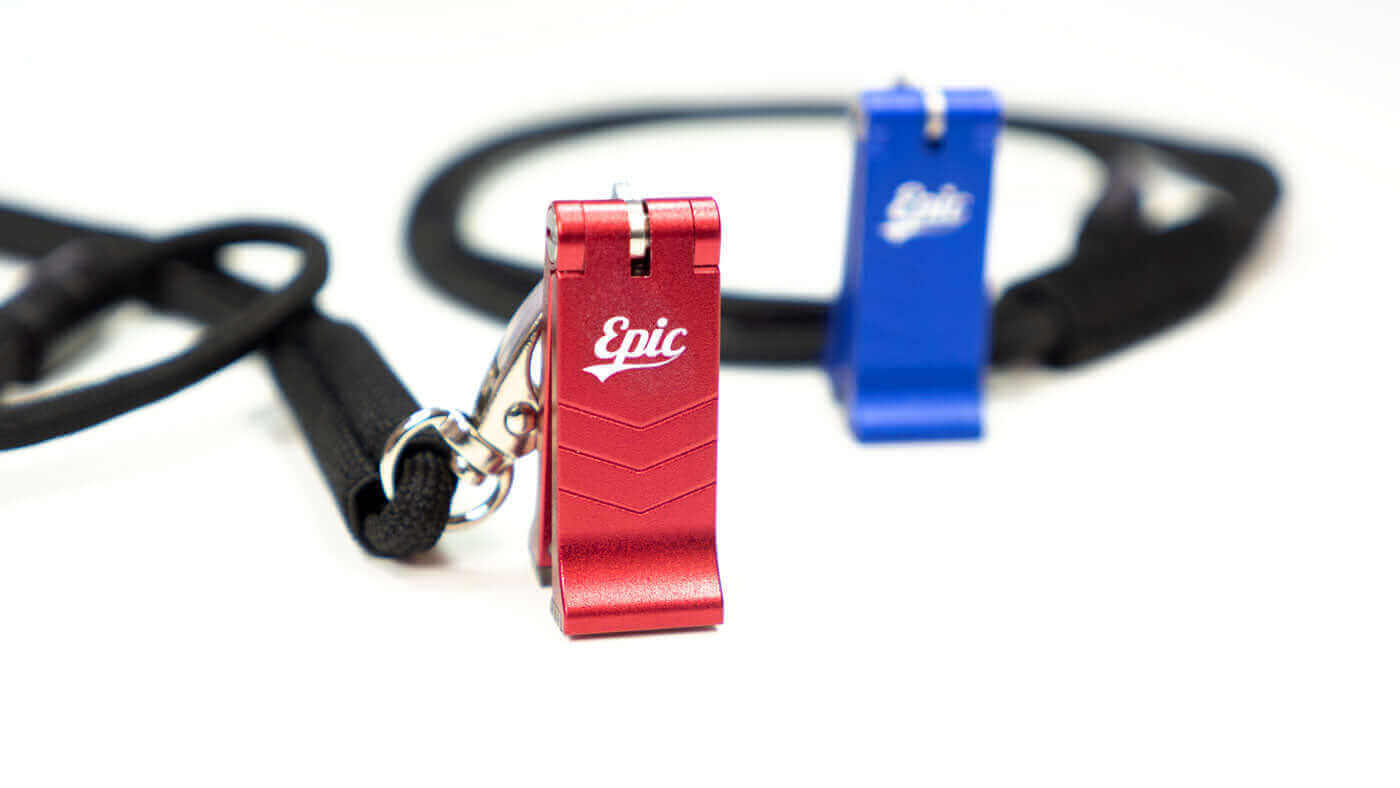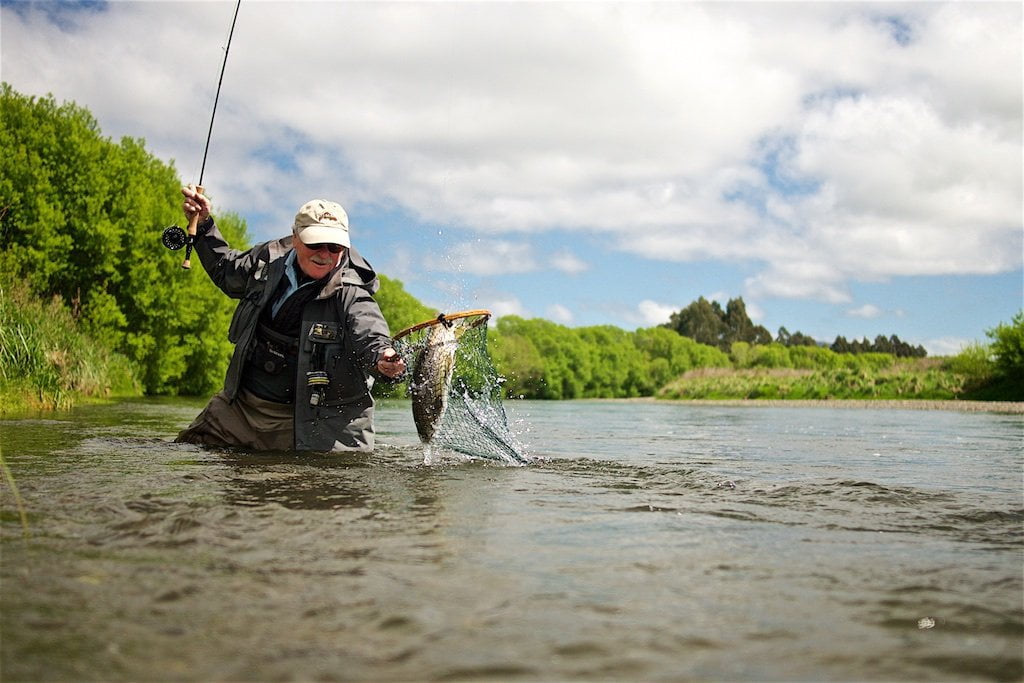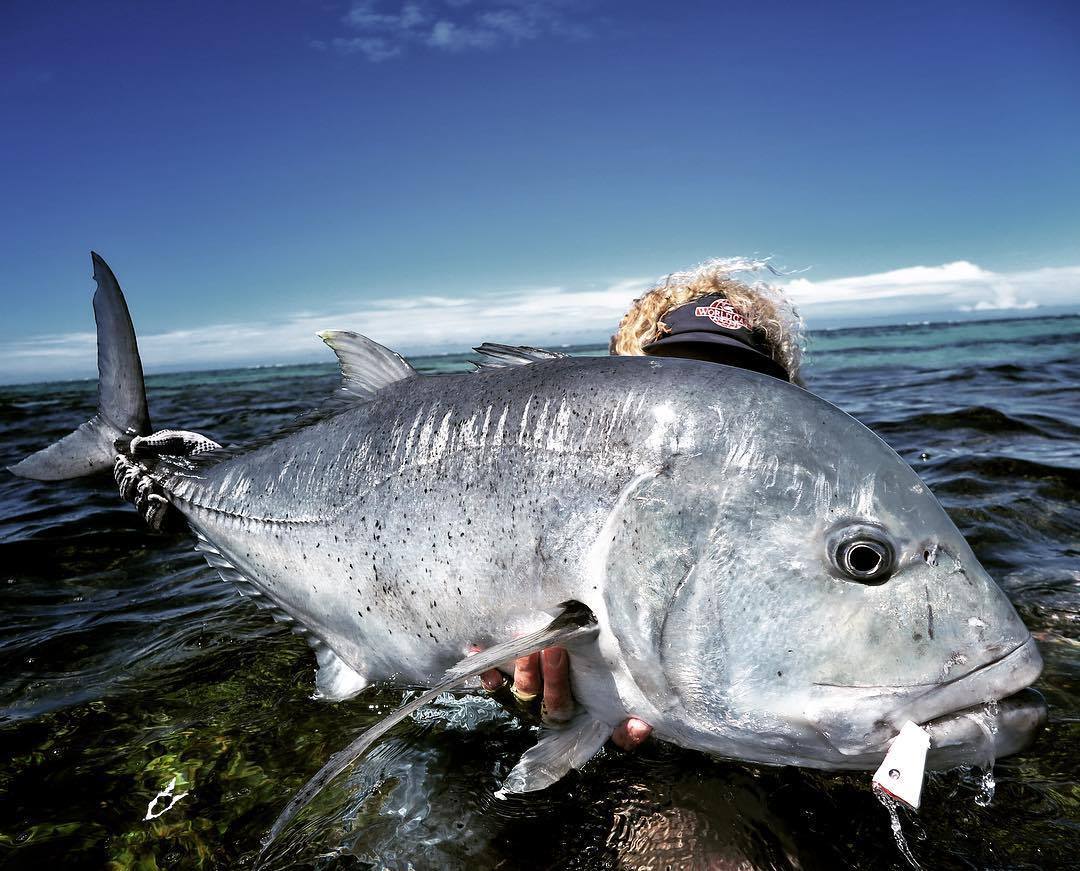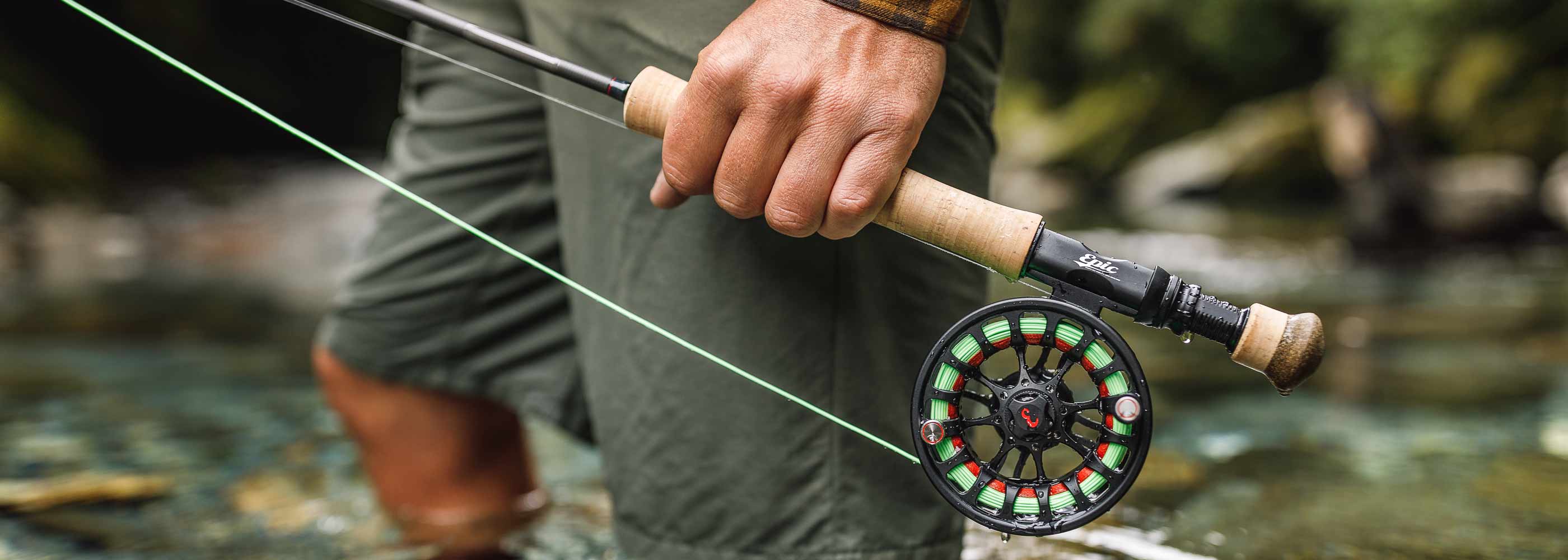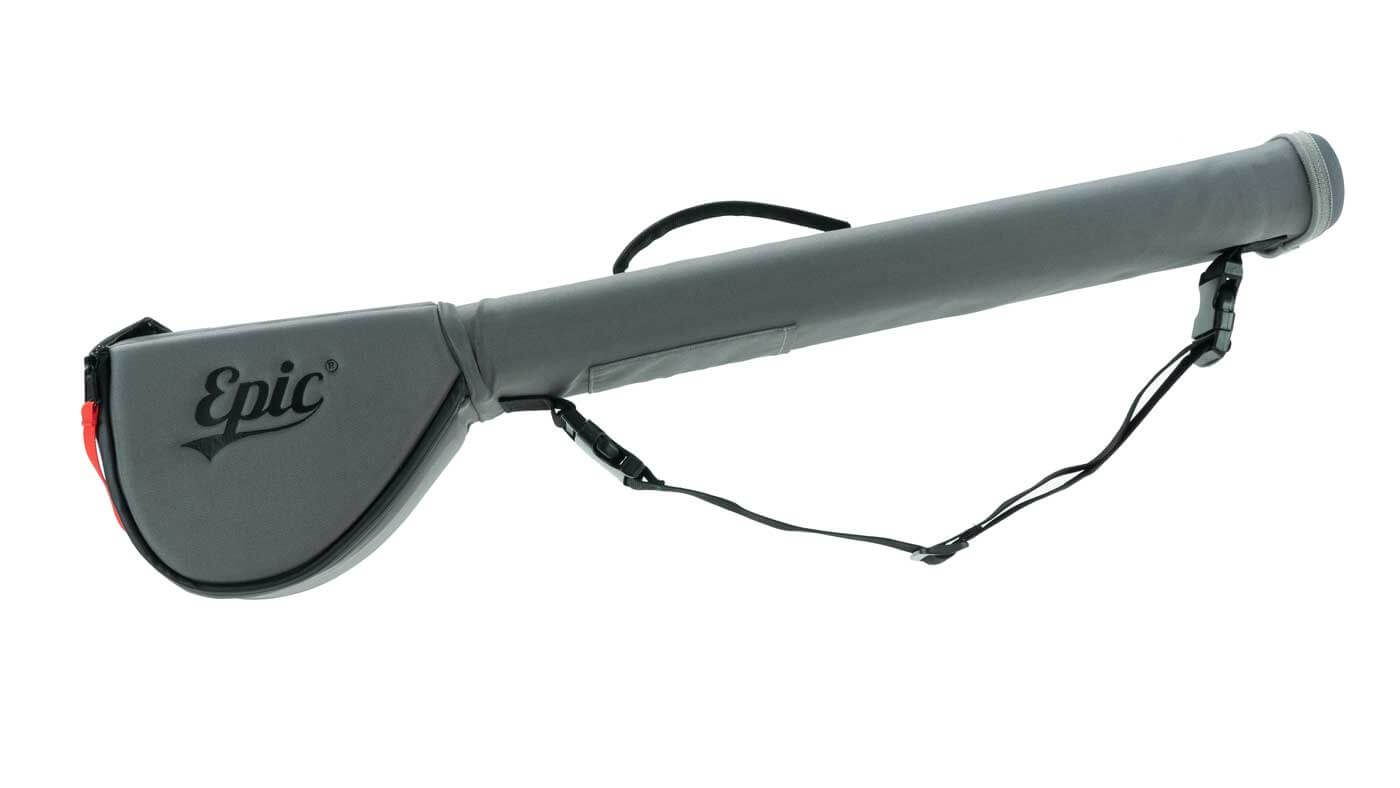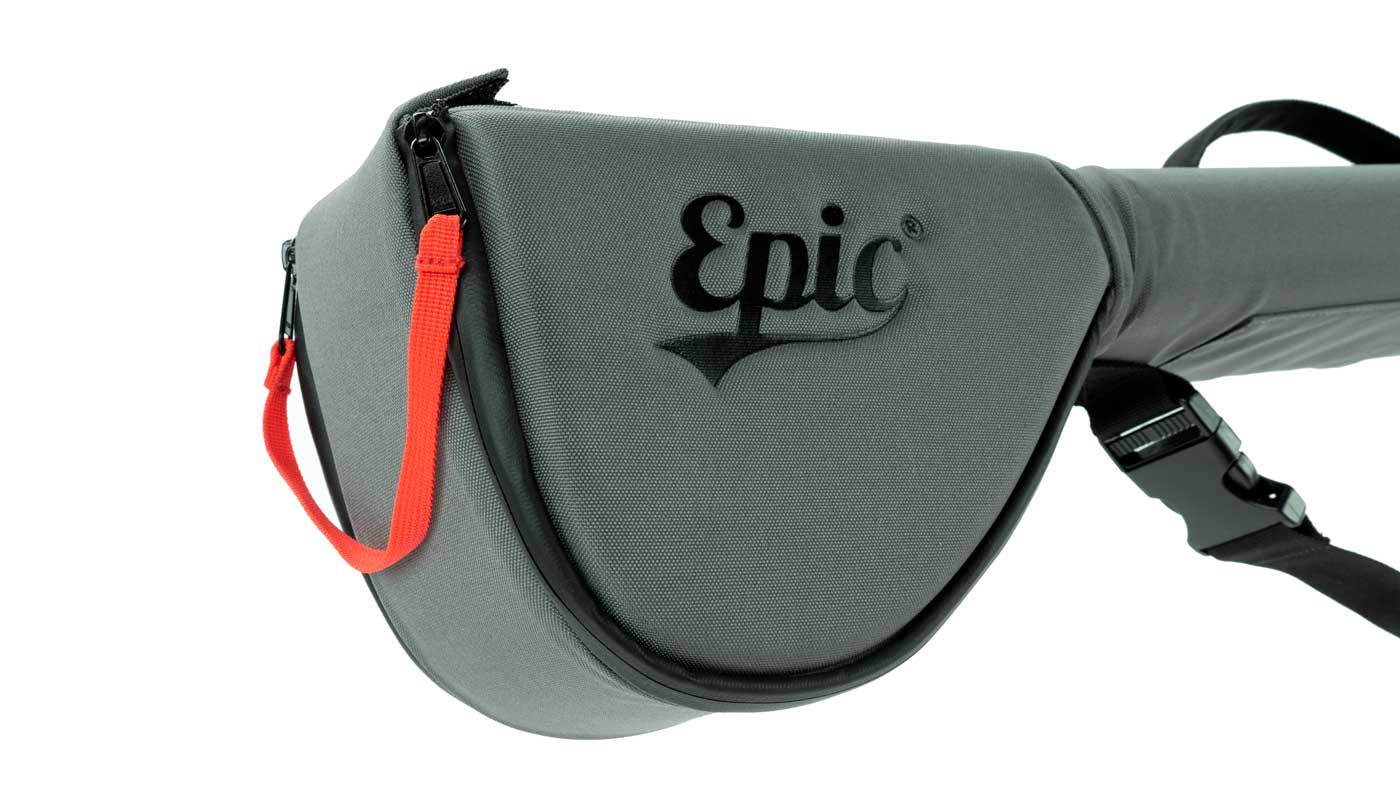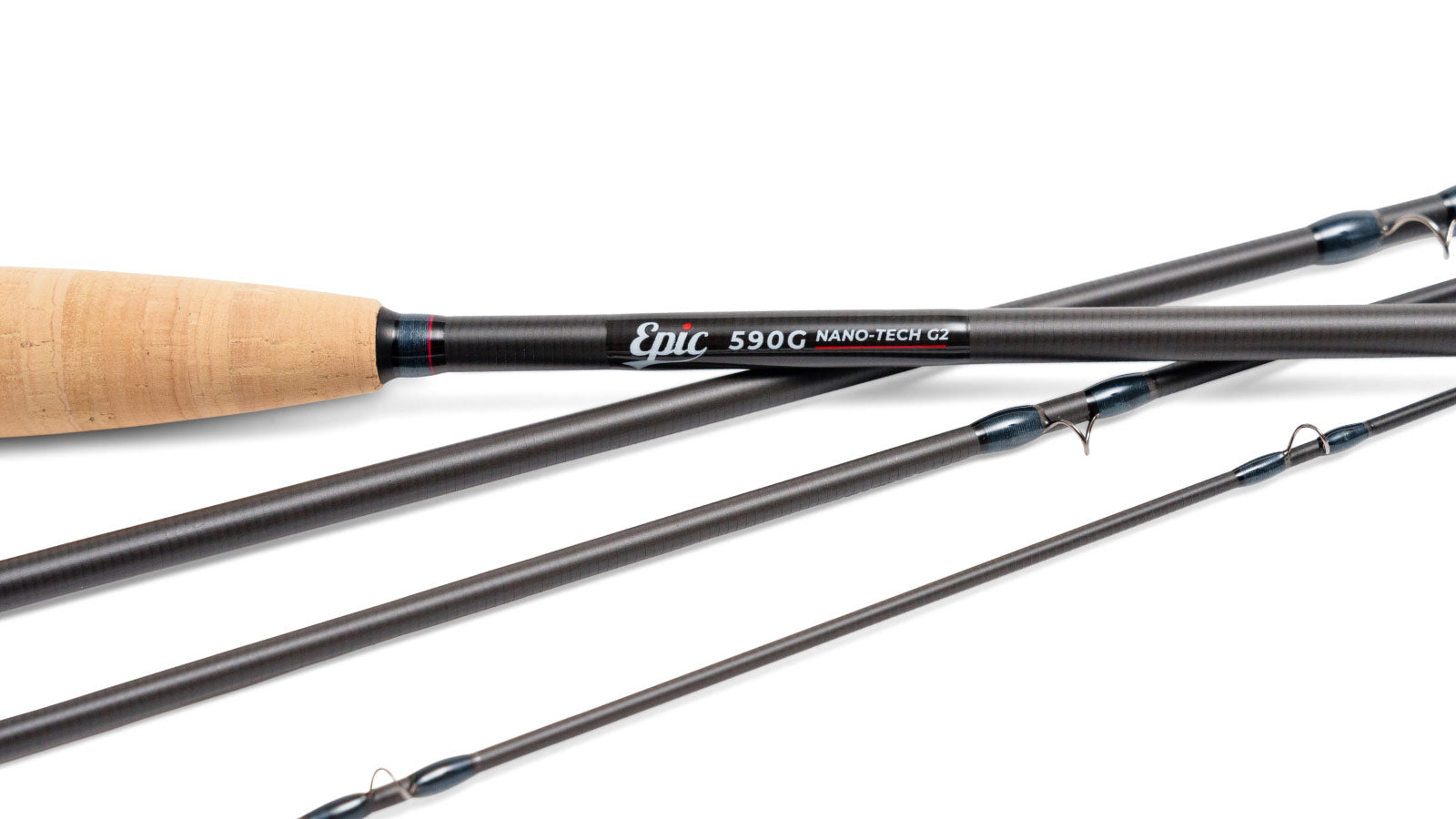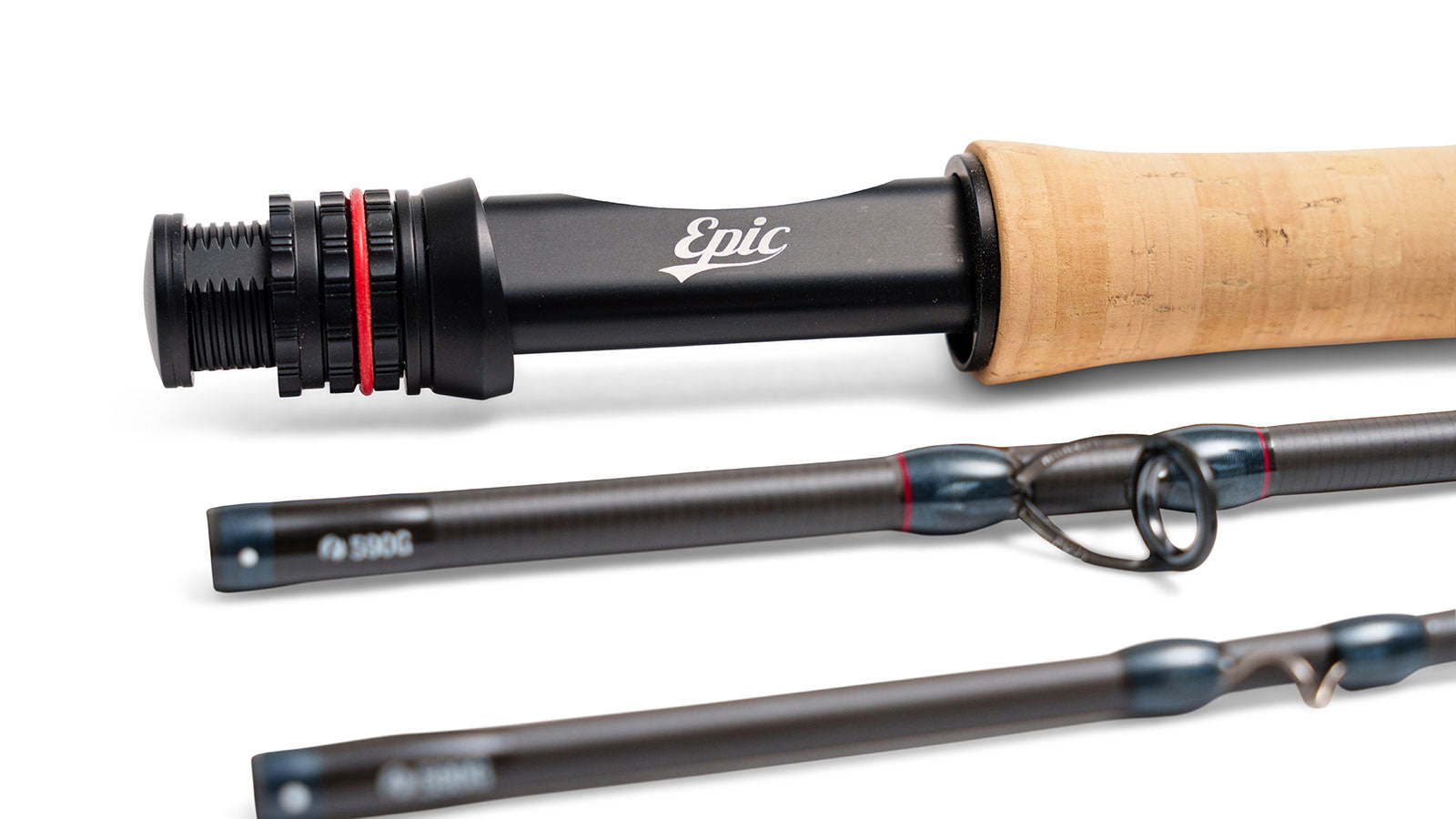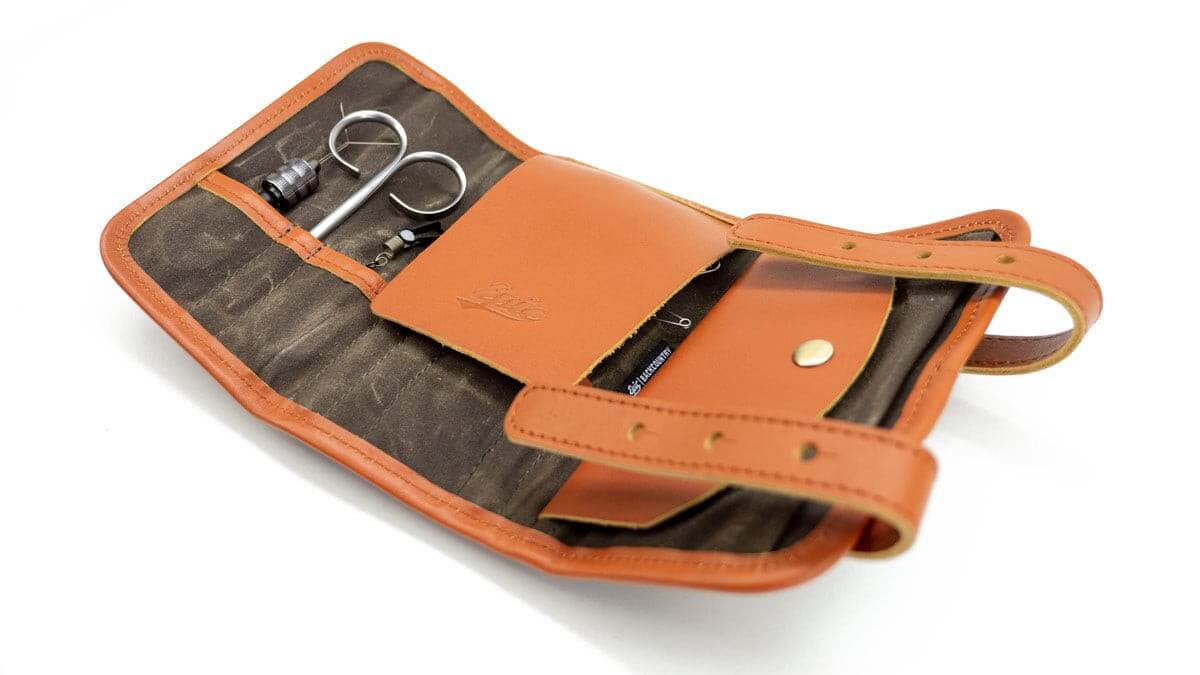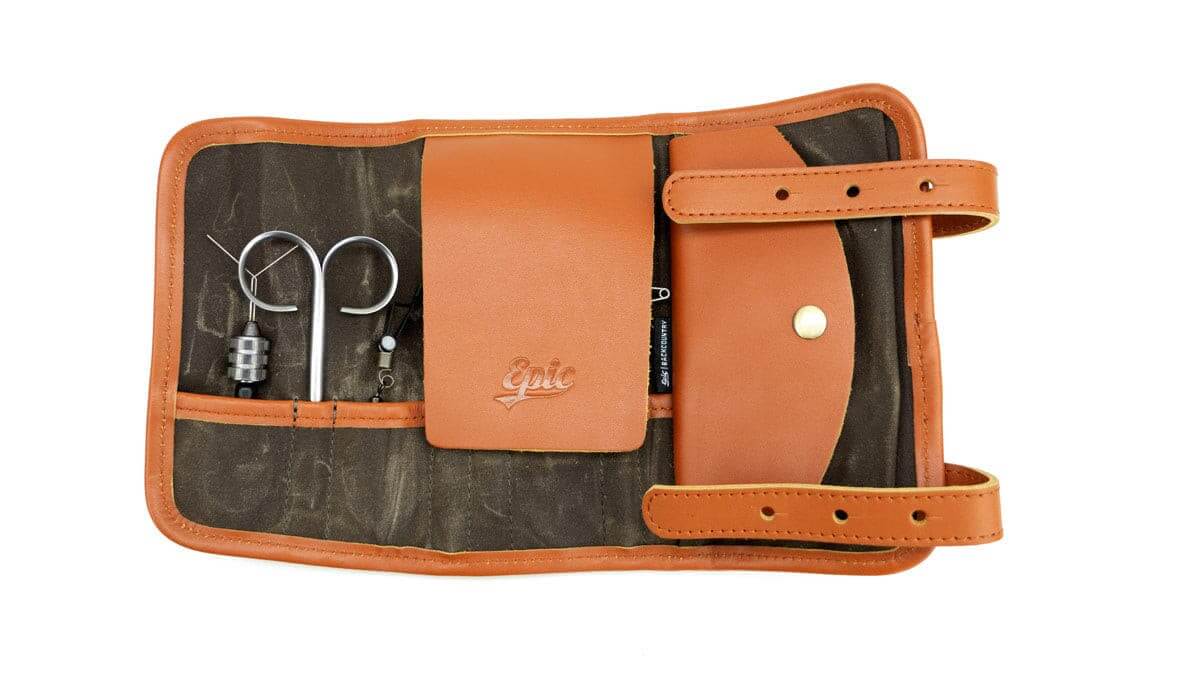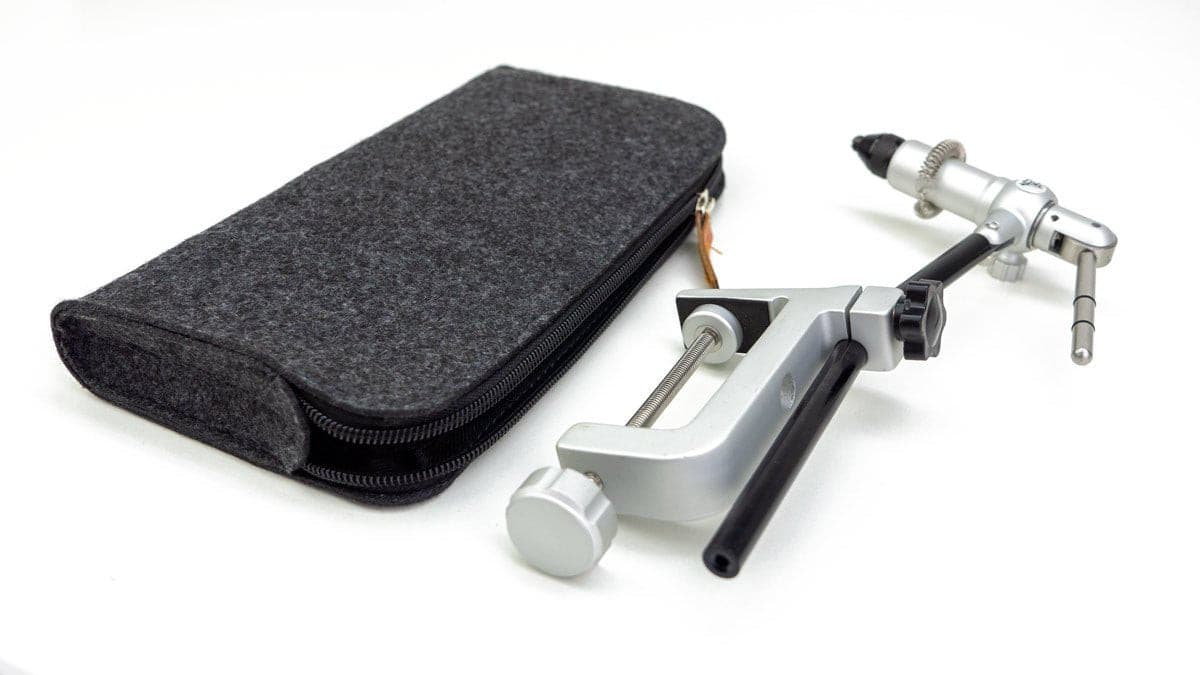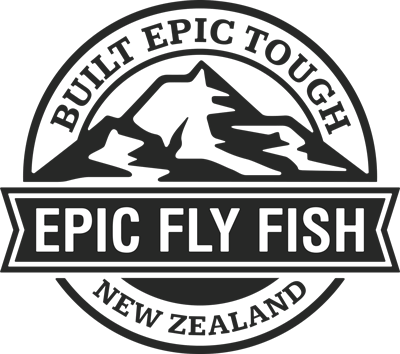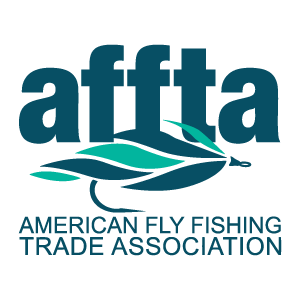NEVER FAILS
This idea has been around forever. In fact it’s one of the oldest of fly design ideas. It wasn’t until Frederick Halford codified pattern making for trout that anyone thought much about “exact imitation”. Trout flies to that date were pretty crude, or at best fanciful, attempts at imitation. Even the old wet fly school of northern England had a pretty rigid code of fly dressing that, apart from fly size, bore little resemblance to nature.
The belief that trout pay close scrutiny to every detail of every bug that comes their way took root firmly in fly fishing lore and literature and has lasted well over a century. Meanwhile, plenty of trout were being caught on rough approximations of the things they eat, and still are. The ubiquitous Adams is a case in point. After all, even the most perfectly tied classic dry fly looks very little like a real mayfly. It’s always just an approximation, and gets less exact as its being fished. Only the most fastidious of anglers would remove a fly from his leader while it was still catching fish.
 A nice late season brownie on a Snowshoe Hare Emerger (SHE)
A nice late season brownie on a Snowshoe Hare Emerger (SHE)
So, whether we think we do or not, we are usually fishing with a pretty rough imitation anyway, certainly when our fly has been messed up by a fish or two. In fact, many of us old timers commonly believe that a fly actually improves after its caught a fish or two. So why spend all that effort on attempting a close copy of the natural? Especially when exact
imitation is practically impossible to achieve. And we know that super–realistic imitations don’t work all that well anyway. Why not tie impressionistic flies in the first place?

Bob Wyatt's Deer Hair Sedge
Okay, we enjoy tying complex and creative patterns. It’s fun. Fair enough. So is building a ship in a bottle. For those that like that sort of thing it’s all good, to a point, but it can become an end in itself. For the sake of my argument here, let’s stick to catching trout.
My dry fly boxes are looking less impressive than they used to. In fact, they look like collections of the dust balls you find under your bed. They are a pretty drab, no mistake. No flash, little colour, and no hackle or tails. The nymphs are worse. Just a scrap of hare’s mask fur and a tungsten bead. You would think they would limit the places I can use them, trout being as specific as they are. But in fact this rather unprepossessing cluster of flies does excellent work anywhere I fish for trout, on several continents. I have complete confidence in them.

Bob Wyatt's Deer Hair Emerger
The reason they work so well, and why I go to them first wherever I fish, is that they look like whatever the trout are feeding on, anywhere. They may not have the exact profile or colour of the prevailing food, but it’s close enough. I only adjust for size, not pattern. And, importantly, I don’t believe that a closer imitation would work any better. If it’s true that they work as well or better than any local pattern or exact imitation, why is that? I believe that it’s because of the way trout work.
I have an idea, I wouldn’t go so far as calling it a “theory”, that’s impossible to prove. This idea is that a vague impression is actually more attractive, or at least more convincing, to a trout than an attempt at exact imitation. A precisely tied but somehow not quite realistic fly, as most of our fly patterns are, might be rejected as food by a trout for several reasons. A non-representational “attractor” pattern has even more working against it if it doesn’t actually close the deal with a feeding trout.
Bob Ties His Snowshow Hare Emerger
Bob Wyatt is a photographer, recognised author and painter, Certified Fly Casting Instructor and fly angler. He has published two highly regarded books on fly fishing.
What Trout Want: The Educated Trout and Other Myths and Trout Hunting: The Pursuit of Happiness. Both available on Amazon


